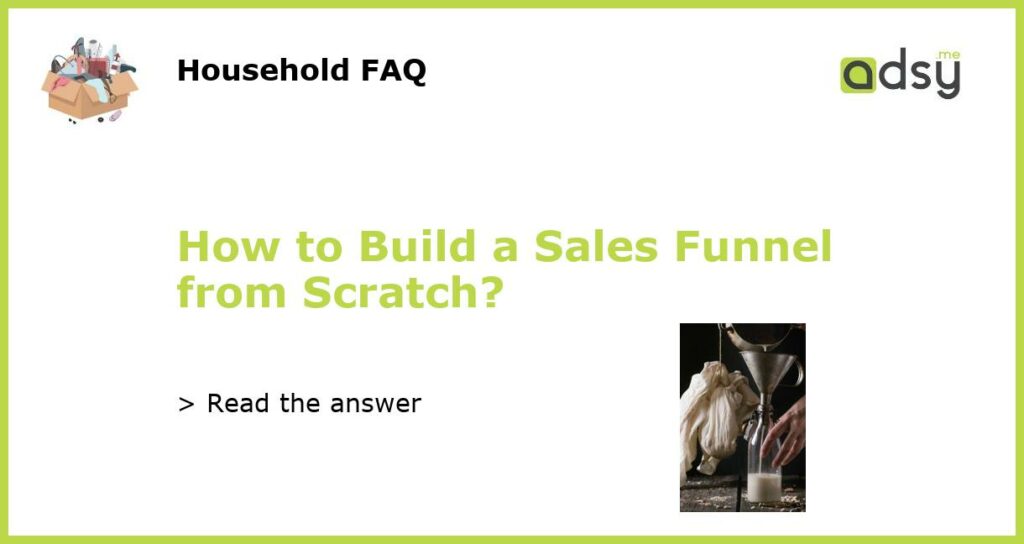Understanding the Basics of a Sales Funnel
Before you begin building a sales funnel, it’s important to understand what it is and how it works. A sales funnel is a marketing strategy that is designed to guide potential customers through a process that ultimately results in a sale. The process can be broken down into four main stages: awareness, interest, decision, and action. Each stage requires different tactics and content to move the customer closer to making a purchase.
Creating Content for Your Sales Funnel
Once you’ve mapped out your sales funnel, you need to create content that will guide customers through each stage. At the awareness stage, your content should be focused on attracting potential customers and making them aware of your brand or product. This could include blog posts, social media ads, or videos. At the interest stage, your content should focus on providing more information about the product or service, such as product demos, testimonials, or case studies. At the decision stage, your content should provide a clear call to action, such as a free trial or consultation. Finally, at the action stage, your content should guide the customer through the checkout process and ensure a seamless experience.
Choosing the Right Tools and Platforms
Building a sales funnel requires a variety of tools and platforms to automate and streamline the process. This includes email marketing platforms, landing page builders, and customer relationship management (CRM) software. It’s important to choose the right tools for your needs and budget. Some popular options include HubSpot for all-in-one marketing automation, Mailchimp for email marketing, and ClickFunnels for building landing pages and sales funnels.
Generating Traffic to Your Sales Funnel
A successful sales funnel requires a steady stream of traffic to guide through the process. There are several tactics you can use to generate traffic, including search engine optimization (SEO), social media marketing, and paid advertising. SEO involves optimizing your website and content to rank higher in search engines, while social media marketing involves promoting your content on social media platforms. Paid advertising can include Google Ads, Facebook Ads, or other advertising platforms that allow you to target specific audiences.
Measuring and Analyzing Your Sales Funnel
Finally, it’s important to measure and analyze your sales funnel to identify areas for improvement. This can include tracking metrics such as conversion rates, bounce rates, and revenue generated. By analyzing these metrics, you can identify which stages of the funnel need improvement and adjust your content and tactics accordingly.






